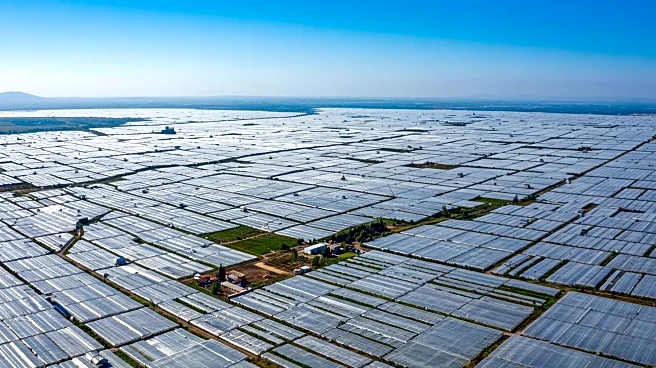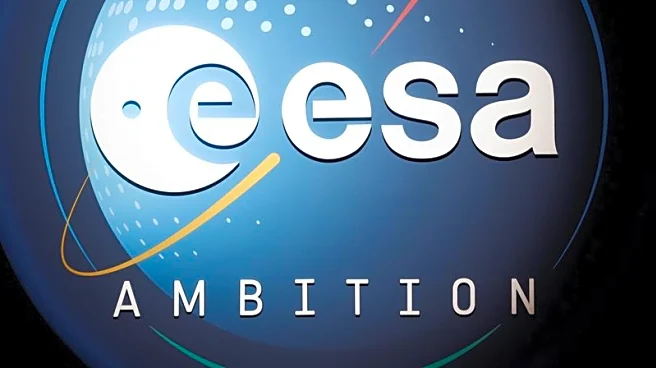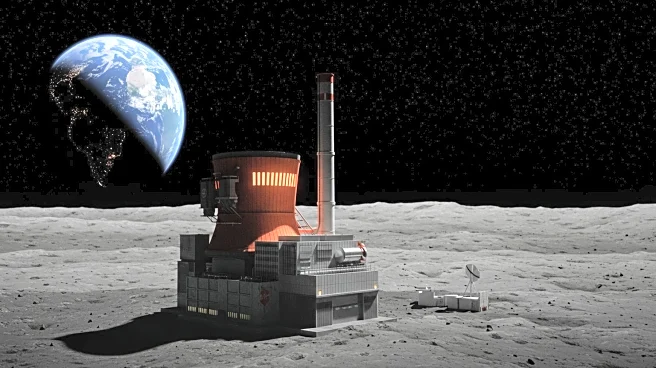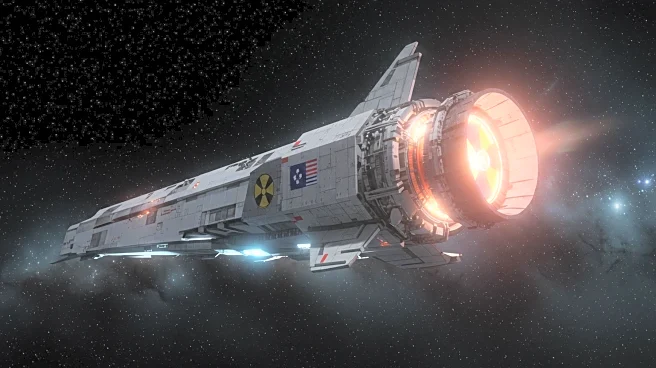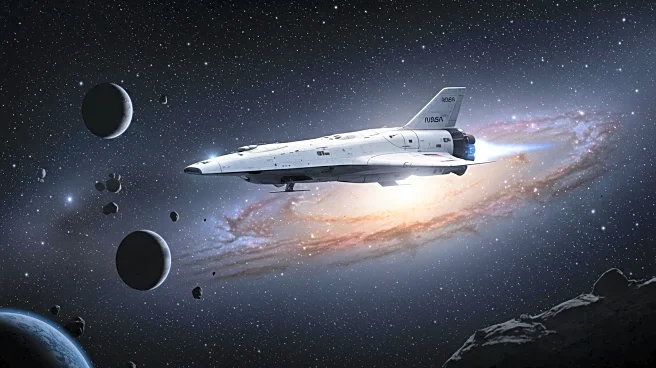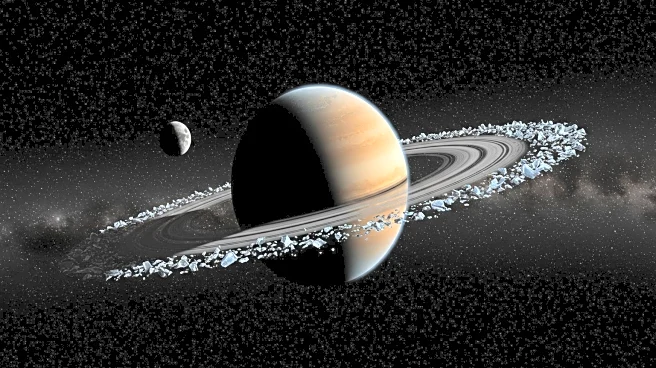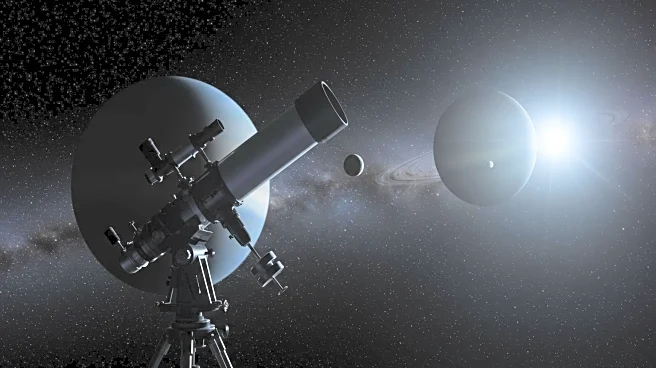What's Happening?
A longstanding myth that the Great Wall of China is the only man-made structure visible from space has been debunked. According to NASA analyses, the most conspicuous human landmark from orbit is actually a vast 'sea of plastic' in Almería, Spain. This region, around El Ejido, is covered by over 40,000 hectares of white-roofed greenhouses. The reflectivity of these greenhouses makes them highly visible in orbital imagery, surpassing the visibility of the Great Wall. Spanish astronaut Pedro Duque has noted that these greenhouses are among the most striking man-made sights from space. The plastic film used in the greenhouses reflects sunlight like a giant mirror, contributing to local cooling relative to the wider region. This phenomenon highlights how human land use can impact micro-climates.
Why It's Important?
The visibility of Almería's greenhouses from space underscores the significant impact of human agricultural practices on the environment. While the reflectivity of the greenhouses contributes to local cooling, it also generates substantial plastic waste, with tens of thousands of tons produced annually. This waste poses challenges for collection and recycling systems, despite efforts to expand circular-economy initiatives. The situation in Almería serves as a reminder of the environmental trade-offs associated with intensive agriculture and the need for sustainable waste management solutions. The myth surrounding the Great Wall's visibility from space is a testament to the importance of material and reflectivity in determining what can be seen from orbit.
What's Next?
Efforts to manage the plastic waste generated by Almería's greenhouses are ongoing, with researchers advocating for improved collection and recycling systems. As circular-economy initiatives expand, there is potential for more sustainable practices to be implemented in the region. The visibility of these greenhouses from space may continue to draw attention to the environmental impacts of agricultural practices, prompting further research and policy discussions on sustainable land use and waste management.
Beyond the Headlines
The visibility of Almería's greenhouses from space raises questions about the broader implications of human land use on the environment. The reflectivity of the greenhouses not only impacts local micro-climates but also serves as a visual reminder of the scale of human intervention in natural landscapes. This phenomenon may influence future discussions on the balance between agricultural productivity and environmental sustainability, as well as the role of technology in monitoring and managing land use impacts.
